-
 Bitcoin
Bitcoin $105,072.8461
-0.03% -
 Ethereum
Ethereum $2,518.5823
-0.77% -
 Tether USDt
Tether USDt $1.0002
-0.02% -
 XRP
XRP $2.1669
-0.31% -
 BNB
BNB $648.6032
-0.35% -
 Solana
Solana $145.9860
-0.04% -
 USDC
USDC $0.9999
-0.01% -
 Dogecoin
Dogecoin $0.1743
-1.86% -
 TRON
TRON $0.2730
1.14% -
 Cardano
Cardano $0.6269
-1.59% -
 Hyperliquid
Hyperliquid $40.2002
-3.28% -
 Sui
Sui $2.9772
-1.85% -
 Bitcoin Cash
Bitcoin Cash $444.0484
1.85% -
 Chainlink
Chainlink $13.0957
-0.77% -
 UNUS SED LEO
UNUS SED LEO $9.2097
1.99% -
 Stellar
Stellar $0.2573
-0.96% -
 Avalanche
Avalanche $18.9452
-1.13% -
 Toncoin
Toncoin $2.9591
-1.44% -
 Shiba Inu
Shiba Inu $0.0...01192
-2.14% -
 Litecoin
Litecoin $85.3792
-0.99% -
 Hedera
Hedera $0.1528
-4.38% -
 Polkadot
Polkadot $3.7817
-0.75% -
 Ethena USDe
Ethena USDe $1.0003
-0.02% -
 Monero
Monero $315.9183
0.02% -
 Dai
Dai $0.9999
-0.01% -
 Bitget Token
Bitget Token $4.5060
-0.84% -
 Pepe
Pepe $0.0...01111
-0.22% -
 Pi
Pi $0.6106
4.06% -
 Uniswap
Uniswap $7.2066
-1.67% -
 Aave
Aave $275.3751
-0.45%
What is a wallet mnemonic? Wallet mnemonic backup method
A wallet mnemonic, or recovery phrase, is a secure backup for cryptocurrency wallets, allowing users to restore access to their funds if the wallet is lost or damaged.
Jun 14, 2025 at 11:01 pm
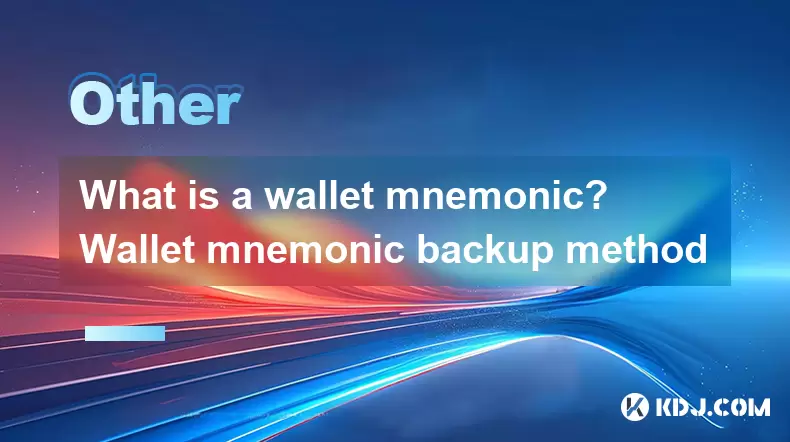
Understanding the Concept of a Wallet Mnemonic
A wallet mnemonic, commonly referred to as a recovery phrase or seed phrase, is a set of easy-to-remember words generated by a cryptocurrency wallet during its initial setup. These words are derived from a cryptographic algorithm and serve as a backup mechanism for restoring access to your digital assets in case your wallet becomes inaccessible. Typically, this phrase consists of 12, 18, or 24 words arranged in a specific order.
It's important to understand that the mnemonic phrase acts as a human-readable version of a private key. Unlike complex hexadecimal codes, these phrases are designed to be written down and stored securely. The underlying technology behind this system follows the BIP39 standard, which ensures compatibility across various wallets while maintaining a high level of security.
Why Mnemonic Phrases Are Critical for Wallet Security
The mnemonic phrase plays a central role in securing your cryptocurrency holdings. If you lose access to your wallet—due to device failure, theft, or accidental deletion—the recovery phrase allows you to regain control over your funds on any compatible wallet platform. Without it, permanent loss of assets is highly likely.
Moreover, the phrase must remain confidential at all times. Anyone who gains access to your mnemonic can take full control of your wallet and transfer your cryptocurrencies without your permission. This makes physical and digital protection of the phrase essential. It should never be shared online, saved in cloud storage, or transmitted through email or messaging apps.
How to Generate a Wallet Mnemonic Securely
During wallet creation, most software and hardware wallets automatically generate a 12-word mnemonic phrase. This process occurs offline within the wallet application or device, ensuring that no third party intercepts the seed. Here’s how it typically works:
- When setting up a new wallet, the user is prompted to record the recovery phrase.
- The phrase appears on the screen in a numbered list format.
- Users are instructed to write it down in the exact order shown.
- Some wallets may ask users to re-enter the words to confirm accuracy.
It's crucial to perform this step in a secure environment. Using a trusted wallet provider like Ledger, Trezor, or Trust Wallet ensures that the generation process adheres to industry standards and minimizes risks of tampering or malware interference.
Best Practices for Backing Up Your Mnemonic Phrase
Proper backup of your wallet mnemonic is vital for long-term asset security. Here are recommended steps to ensure safekeeping:
- Write it down manually: Use pen and paper to record the phrase. Avoid digital copies unless using encrypted offline storage.
- Store it securely: Keep the written copy in a fireproof and waterproof safe or safety deposit box.
- Avoid multiple copies: Creating multiple backups increases exposure risk. One well-secured copy is often sufficient.
- Use metal backup tools: Specialized steel plates designed to store recovery phrases offer durability against fire and corrosion.
- Keep it private: Do not share the location or existence of the backup with anyone.
Each method has its pros and cons. For instance, physical writing prevents hacking but exposes the phrase to physical damage. Conversely, encrypted offline storage offers convenience but requires technical expertise to manage safely.
What to Do if You Lose Your Mnemonic Phrase
Losing your wallet mnemonic is one of the most serious issues a crypto holder can face. Unfortunately, there is no centralized authority to recover lost phrases. Once gone, access to the associated wallet and its contents is permanently lost.
If you suspect your phrase has been compromised or misplaced, consider the following actions:
- Immediately move funds to a new wallet with a fresh mnemonic.
- Investigate whether you have any other secure backups stored elsewhere.
- If the phrase was digitally stored, check encrypted drives or old devices for remnants.
- Contact wallet support to see if they offer any recovery options (though most do not due to security policies).
This highlights the importance of having a single, reliable backup plan in place before any incident occurs.
Common Mistakes to Avoid When Handling Recovery Phrases
Many users unknowingly expose their mnemonic phrases to unnecessary risks. Common mistakes include:
- Taking screenshots or photos of the phrase and storing them on smartphones or computers.
- Saving the phrase in unencrypted text files or cloud services like Google Drive or iCloud.
- Reusing the same mnemonic across multiple wallets or platforms.
- Storing the phrase near the device where the wallet is installed.
- Sharing the phrase with others under the assumption it's harmless.
These errors significantly increase the likelihood of theft or irreversible loss. Always treat your wallet mnemonic with the same care as you would cash or valuable documents.
Frequently Asked Questions
Q: Can I change my wallet mnemonic after it’s created?
A: No, the mnemonic phrase cannot be changed once generated. To update it, you must create a new wallet and transfer your funds to it.
Q: Is it safe to store my mnemonic phrase in a password manager?
A: Yes, storing it in an encrypted password manager is safer than keeping it in plain text. However, ensure the manager itself is protected by a strong master password and two-factor authentication.
Q: What happens if I enter my mnemonic in the wrong order?
A: Entering the words out of sequence will result in a different wallet address. This means you won’t be able to recover your original funds.
Q: Can I use someone else’s mnemonic to access their wallet?
A: Yes, knowing someone’s mnemonic phrase gives full access to their wallet. This underscores why you should never disclose or store your phrase insecurely.
Disclaimer:info@kdj.com
The information provided is not trading advice. kdj.com does not assume any responsibility for any investments made based on the information provided in this article. Cryptocurrencies are highly volatile and it is highly recommended that you invest with caution after thorough research!
If you believe that the content used on this website infringes your copyright, please contact us immediately (info@kdj.com) and we will delete it promptly.
- SEC ends scrutiny of PayPal's PYUSD stablecoin
- 2025-06-15 19:35:11
- THORChain Stands on the Brink of a Pivotal Moment with Its Imminent XRP Integration
- 2025-06-15 19:35:11
- Cryptocurrency Investors Scratched Their Heads Last Week After Unsubstantiated Rumors Went Around ProShares Launching XRP ETFs on April 30
- 2025-06-15 19:30:12
- The meme coin season has returned. Leading the latest charge is BONK
- 2025-06-15 19:30:12
- Bitcoin’s Strong Rally to $95.5K Has Sparked a Surge in Overly Optimistic Sentiment
- 2025-06-15 19:25:16
- Bitcoin (BTC) Held Steady as Trade War Shifted Investors Away From U.S. Assets
- 2025-06-15 19:25:16
Related knowledge
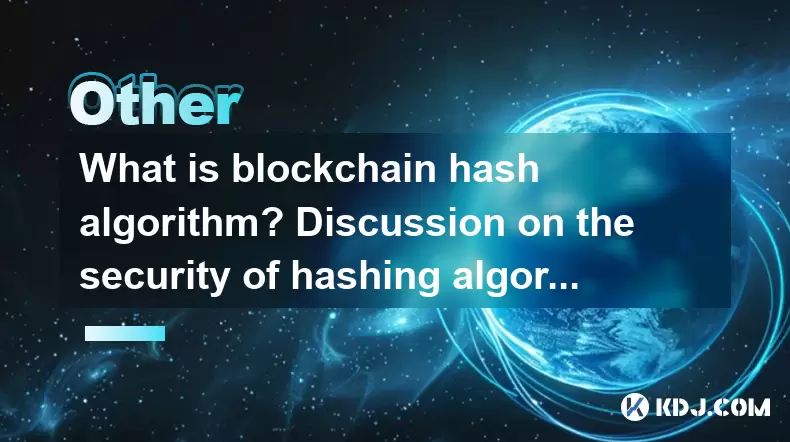
What is blockchain hash algorithm? Discussion on the security of hashing algorithms
Jun 13,2025 at 09:22pm
Understanding the Role of Hash Algorithms in BlockchainA hash algorithm is a cryptographic function that takes an input (or 'message') and returns a fixed-size string of bytes. The output, typically represented as a hexadecimal number, is known as a hash value or digest. In blockchain technology, hash algorithms are foundational to ensuring data integri...
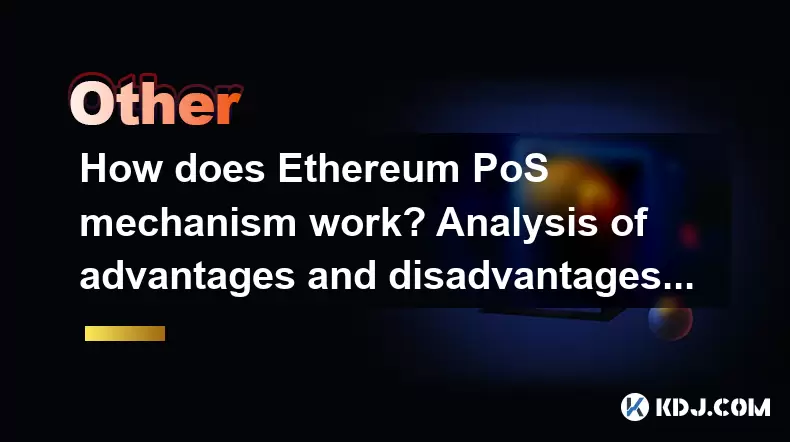
How does Ethereum PoS mechanism work? Analysis of advantages and disadvantages of PoS mechanism
Jun 14,2025 at 09:35pm
Understanding the Basics of Ethereum's PoS MechanismEthereum transitioned from a Proof-of-Work (PoW) to a Proof-of-Stake (PoS) consensus mechanism through an upgrade known as The Merge. In PoS, validators are chosen to create new blocks based on the amount of cryptocurrency they are willing to stake as collateral. This replaces the energy-intensive mini...
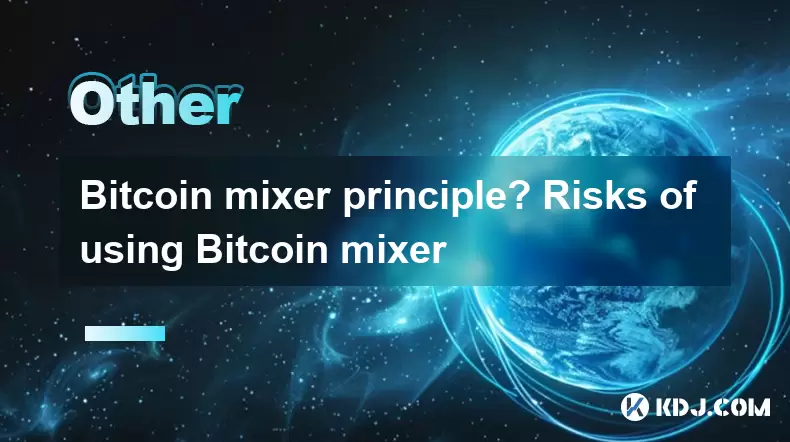
Bitcoin mixer principle? Risks of using Bitcoin mixer
Jun 14,2025 at 05:35am
What Is a Bitcoin Mixer?A Bitcoin mixer, also known as a Bitcoin tumbler, is a service designed to obscure the transaction trail of Bitcoin by mixing it with other coins. The core idea behind this tool is to enhance privacy and make it more difficult for third parties, such as blockchain analysts or law enforcement agencies, to trace the origin of speci...
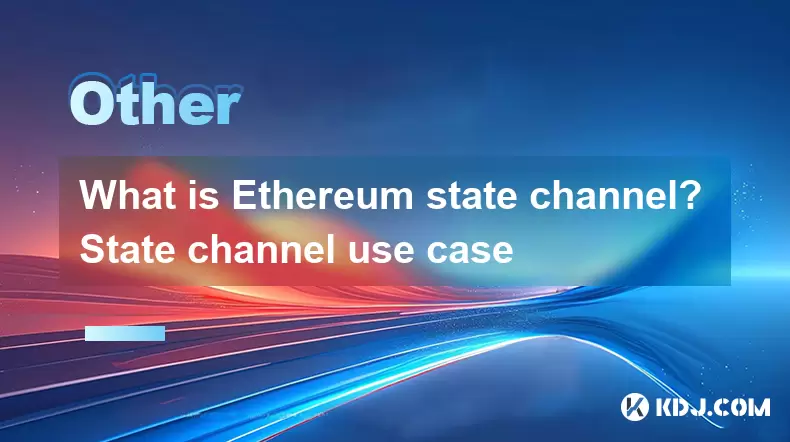
What is Ethereum state channel? State channel use case
Jun 14,2025 at 08:35am
Understanding Ethereum State ChannelsEthereum state channels are a Layer 2 scaling solution designed to enhance the speed and reduce the cost of transactions on the Ethereum blockchain. These channels allow participants to conduct multiple off-chain interactions without broadcasting every transaction to the main Ethereum network. The core idea behind st...
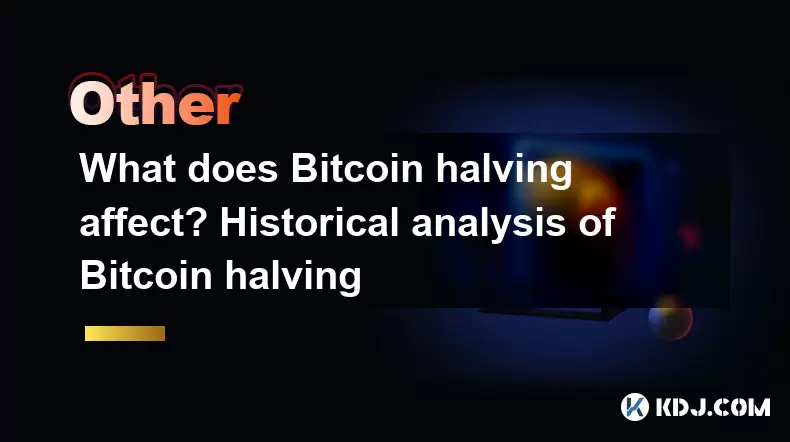
What does Bitcoin halving affect? Historical analysis of Bitcoin halving
Jun 14,2025 at 10:02am
Understanding the Significance of Bitcoin HalvingBitcoin halving is a programmed event that occurs approximately every four years, or more specifically, every 210,000 blocks. During this process, the reward given to miners for validating transactions on the Bitcoin network is cut in half. This mechanism is built into Bitcoin’s protocol to control the su...

How to make a market in cryptocurrency? Sharing of cryptocurrency market-making strategies
Jun 13,2025 at 08:43pm
Understanding the Concept of Market Making in CryptocurrencyMarket making in cryptocurrency involves providing liquidity to trading pairs on exchanges by placing both buy and sell orders around the current market price. The goal is to profit from the bid-ask spread while ensuring that there's enough volume for other traders to execute their trades effic...

What is blockchain hash algorithm? Discussion on the security of hashing algorithms
Jun 13,2025 at 09:22pm
Understanding the Role of Hash Algorithms in BlockchainA hash algorithm is a cryptographic function that takes an input (or 'message') and returns a fixed-size string of bytes. The output, typically represented as a hexadecimal number, is known as a hash value or digest. In blockchain technology, hash algorithms are foundational to ensuring data integri...

How does Ethereum PoS mechanism work? Analysis of advantages and disadvantages of PoS mechanism
Jun 14,2025 at 09:35pm
Understanding the Basics of Ethereum's PoS MechanismEthereum transitioned from a Proof-of-Work (PoW) to a Proof-of-Stake (PoS) consensus mechanism through an upgrade known as The Merge. In PoS, validators are chosen to create new blocks based on the amount of cryptocurrency they are willing to stake as collateral. This replaces the energy-intensive mini...

Bitcoin mixer principle? Risks of using Bitcoin mixer
Jun 14,2025 at 05:35am
What Is a Bitcoin Mixer?A Bitcoin mixer, also known as a Bitcoin tumbler, is a service designed to obscure the transaction trail of Bitcoin by mixing it with other coins. The core idea behind this tool is to enhance privacy and make it more difficult for third parties, such as blockchain analysts or law enforcement agencies, to trace the origin of speci...

What is Ethereum state channel? State channel use case
Jun 14,2025 at 08:35am
Understanding Ethereum State ChannelsEthereum state channels are a Layer 2 scaling solution designed to enhance the speed and reduce the cost of transactions on the Ethereum blockchain. These channels allow participants to conduct multiple off-chain interactions without broadcasting every transaction to the main Ethereum network. The core idea behind st...

What does Bitcoin halving affect? Historical analysis of Bitcoin halving
Jun 14,2025 at 10:02am
Understanding the Significance of Bitcoin HalvingBitcoin halving is a programmed event that occurs approximately every four years, or more specifically, every 210,000 blocks. During this process, the reward given to miners for validating transactions on the Bitcoin network is cut in half. This mechanism is built into Bitcoin’s protocol to control the su...

How to make a market in cryptocurrency? Sharing of cryptocurrency market-making strategies
Jun 13,2025 at 08:43pm
Understanding the Concept of Market Making in CryptocurrencyMarket making in cryptocurrency involves providing liquidity to trading pairs on exchanges by placing both buy and sell orders around the current market price. The goal is to profit from the bid-ask spread while ensuring that there's enough volume for other traders to execute their trades effic...
See all articles

























































































